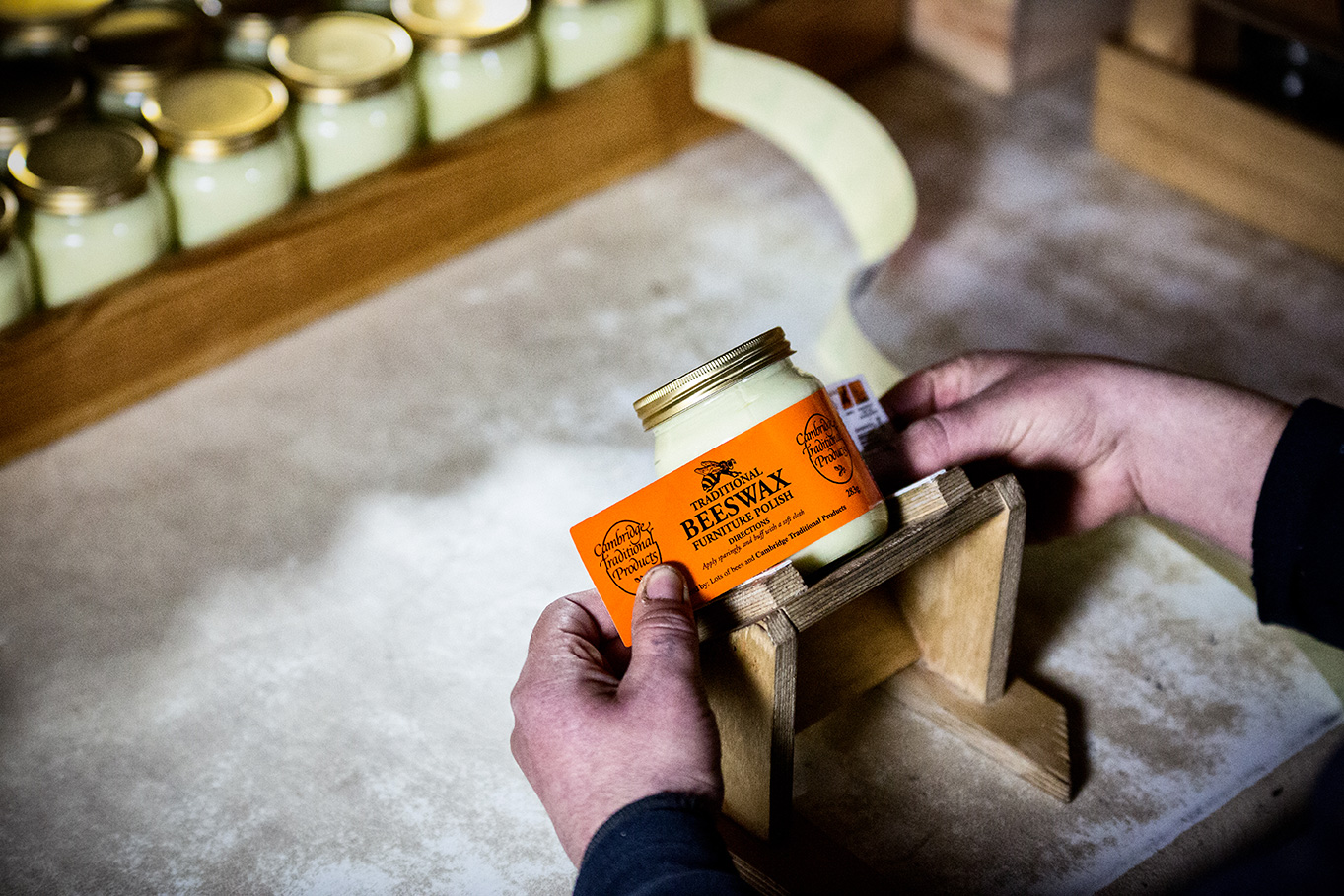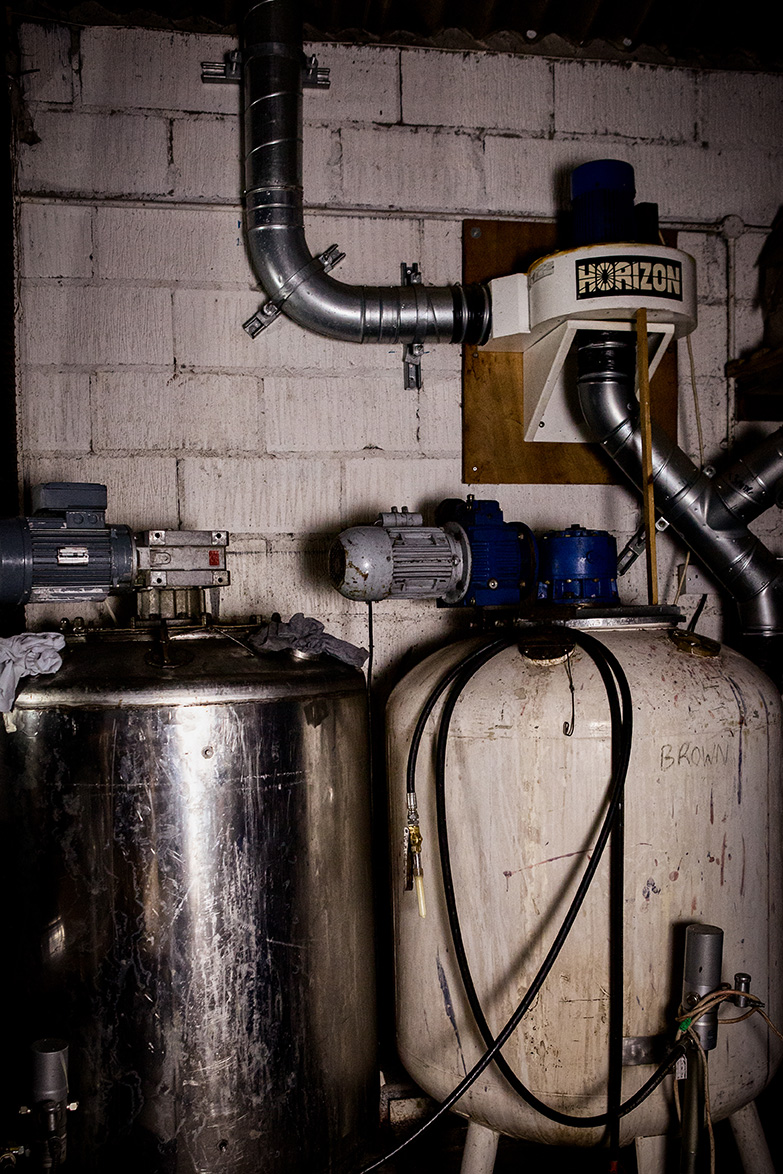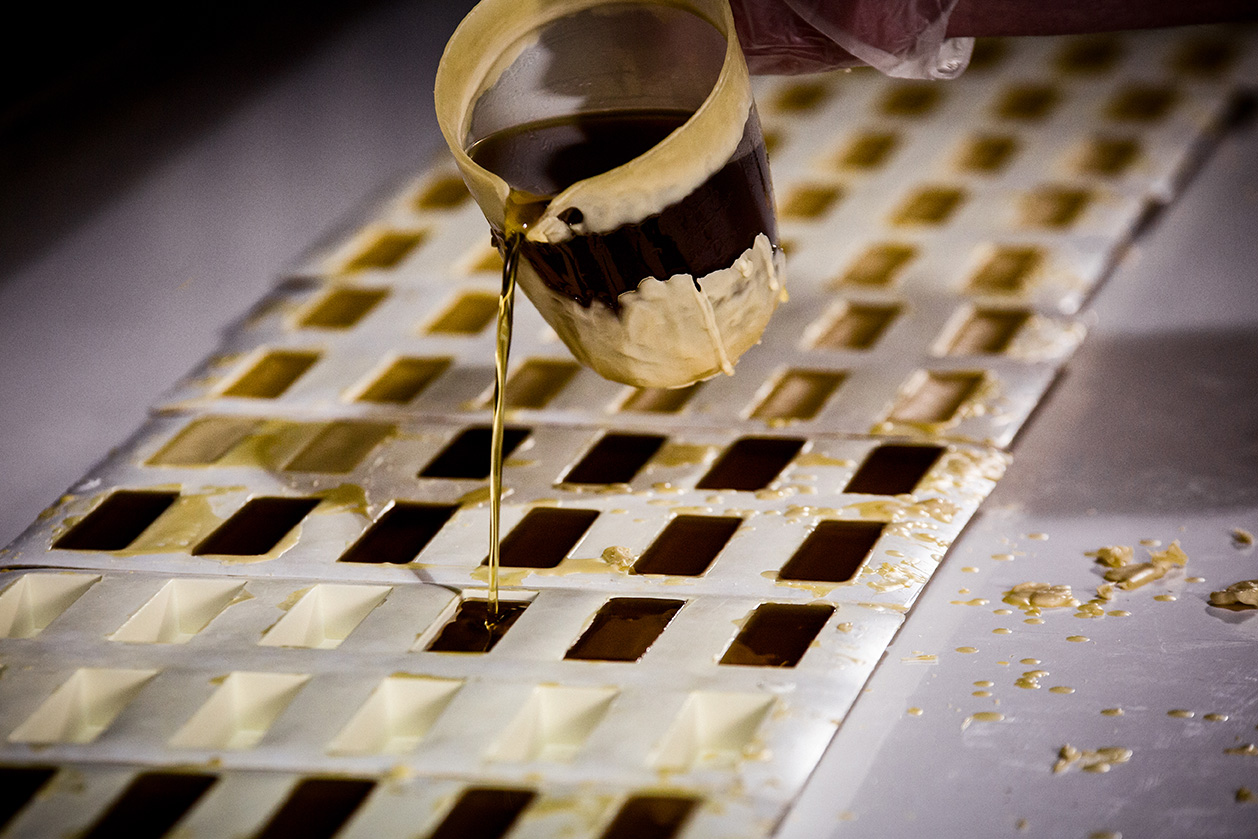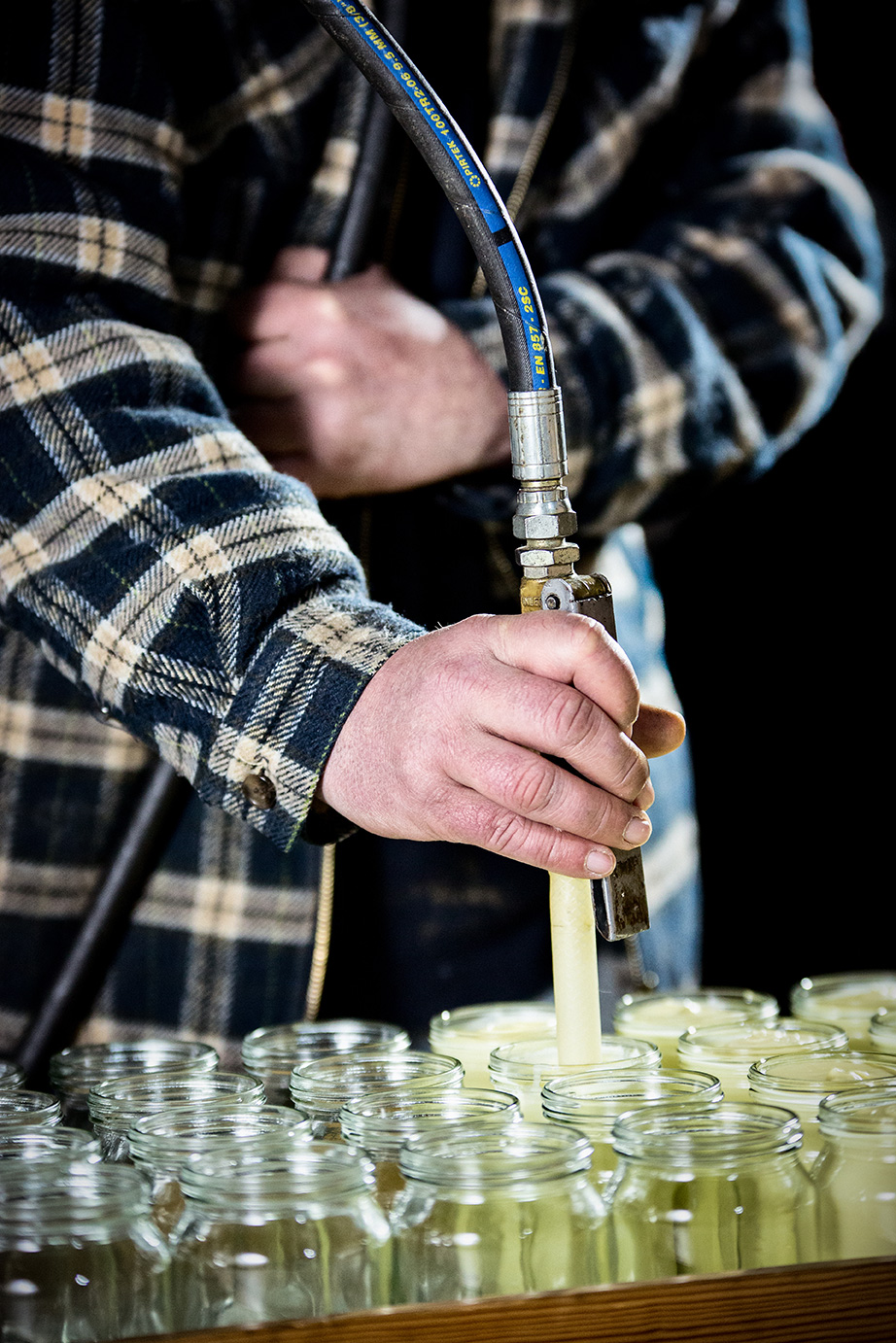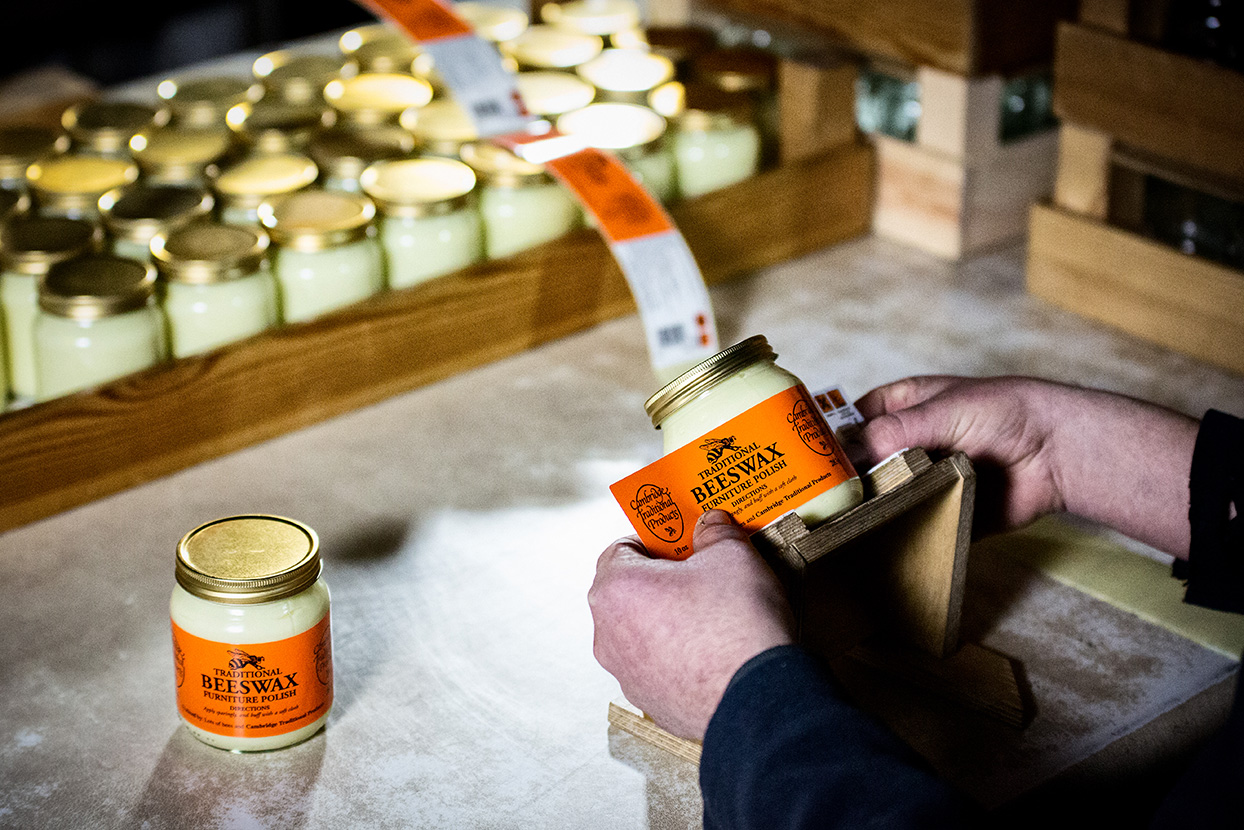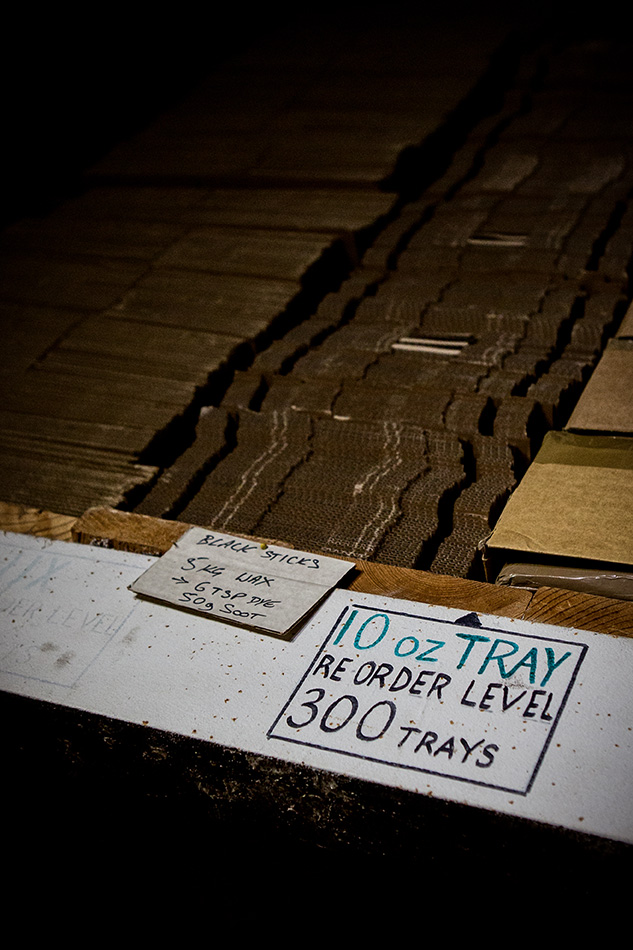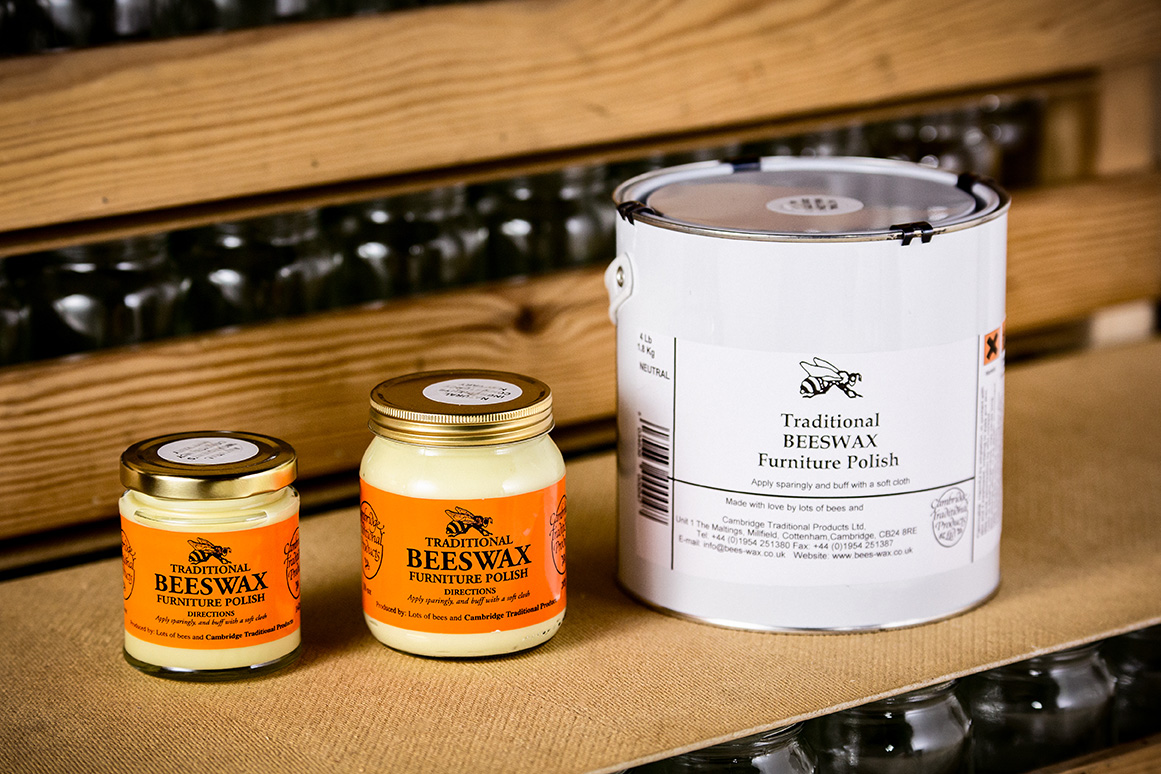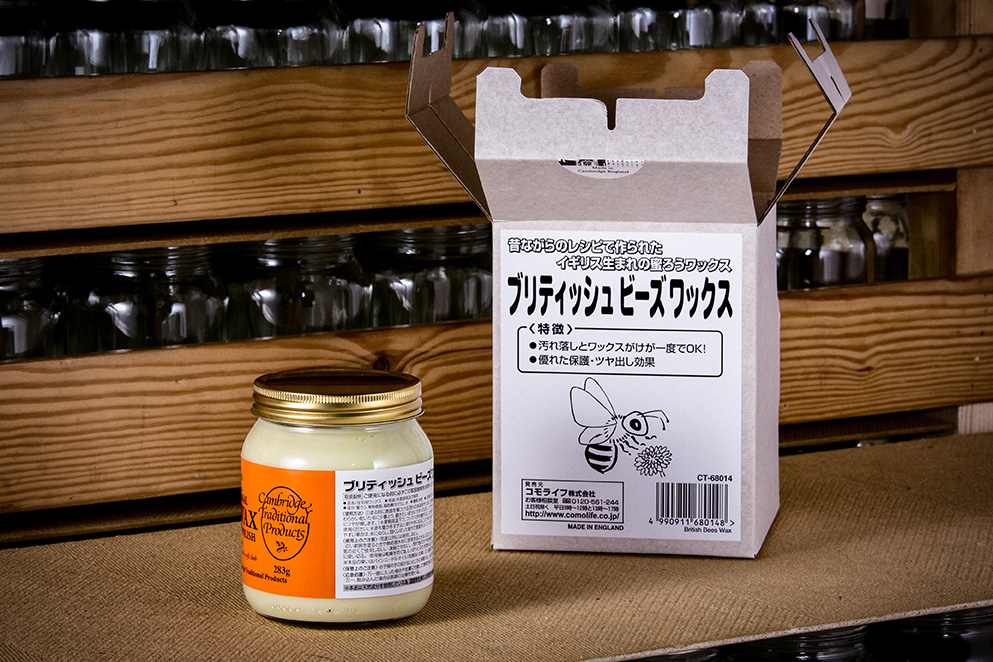We are guardians of an original 19th century Victorian recipe for beeswax furniture polish, handed down to us by Adrian Perkins who discovered it in 1979. Our natural, handmade, traditional approach stems from this small piece of history.
Because cheap does not mean excellence, we stand by quality natural ingredients for quality results. Our competitors use cheaper white spirit instead of more expensive natural turpentine. Our products may cost more, but you'll get better quality, more remarkable results.
We have a responsibility to ensure we do not lose sight of our history, and to ensure our customers have access to the high standards they have come to know and expect. Over time we have introduced new products, at the request of our customers, developing them to suit their specific needs.
About Adrian Perkins and the history of Cambridge Traditional Products
Adrian is part of the tapestry of history at Cambridge Traditional Products. In 1979, he was a primary school teacher and bee keeper, when he discovered an original 19th century Victorian recipe for beeswax furniture polish. Using some beeswax from his own hives, he made some polish to the recipe. He found that it obtained a superb silky finish on all kinds of wood, which out-performed all the products of the modern industrial chemist.
So Adrian resigned from education and started Cambridge Traditional Products. Steven was a family friend, and Adrian invited him to help out in 1981. In those days Adrian was producing about 200 jars at a time. The polish was cooked and mixed in small vats in his garage, and labelled in his kitchen. Steven joined to earn a bit of pocket money whilst at college.
Sadly, Adrian's garage burnt down, but due to the popularity of the furniture polish, the decision was made to move to an industrial unit in nearby Cottenham, where he could establish the business properly.
At this point Adrian offered Steven a proper position with the company, and he gladly accepted. The new unit and some new equipment meant that 2000 jars could now be produced at a time.
Adrian retired in 2005, and spent years enjoying his many interests and hobbies. He was an excellent landscape photographer, and keen walker. He did much work with the Rambler’s Association, recording and preserving footpaths. Later, when knee problems restricted his walking he focused on his love of creative writing, producing two novels, and a short story anthology. Adrian passed away in November 2023, following a long illness, aged 84.
The team
Cambridge Traditional Products is faithful to producing high quality, natural products in the traditional way. We are on a never-ending quest to be responsible keepers of the 19th century Victorian recipe we have been left with. We keep to our heritage, value our customers and respect the environment we live in.
We're a team of creative family and friends. Everyone on the team appreciates working with people we genuinely like and enjoy spending time with - outside of work we make music together, as well as attending gigs and festivals regularly.
Adrian Perkins, founder of Cambridge Traditional Products
Testimonials
“I use nothing else. It goes on easy, not real thick. Pure turps furniture polish soaks the wood and feeds it. The more you polish it over the years the better it becomes. It’s a natural finish.”
“The 17th century oak in the Gallery at Hutton-in-the-Forest now sparkles and shines more than it has for many a long year, thanks to Cambridge Traditional Beeswax Polish””
“Thank you for all your kind help in tracking down replenishments of my traditional beeswax cream. I had been rather remiss with my polishing since I moved 4 years ago, downsizing to a flat. The furniture had really lost its bloom and for that reason I did not quite follow your instructions, as I felt the wood needed nourishing. I applied the cream and left it several hours to “soak in” and then buffed it up with a soft cloth. I do not know if the longer gap made life easier, as it shone up beautifully, and without too much of the “elbow grease”! Not a bad thing as at nearly 75 elbow grease is not as liberally available as it was in my younger days!
I think its a wonderful product and now my furniture is smiling at me again, I am sure it too is feeling the benefit! Thank you once again.”
“We have been using this polish for 10 years. Only the best is good enough for our pine doors and furniture. We purchase ours from Blyth & Wright of Sheringham.”
“We have an oak table which has always been cleaned with a supermarket aerosol beeswax polish. One of our grandchildren spilled a cup of hot tea on the table and within minutes a white mark appeared that could not be removed with the polish. We searched the web and were advised to use a beeswax polish. We read your blog, contacted you and purchased a brown beeswax polish. Success, after two applications! Not only were the marks removed but the surface took on a colour and shine that we had not seen since we first purchased it. Many thanks. We will continue to use your product.”
“Hi, just a quick message to thank you for making such a fantastic range of products. As an instrument maker who refuses to hide timber under layers of paint, your products have proven invaluable in helping me to achieve superbly natural looking results that I’m proud to put my name on...and I’m equally proud to support your company. Many thanks, and keep up the excellent work.”

Frequently asked questions
Why are there so many warning labels on the furniture polish? Is the polish harmful?
The polish is not harmful in normal use. It contains natural turpentine, an organic solvent, which has some hazards associated with it. Due to regulations we have to include the same warnings as if it was pure turpentine.
Hazard warnings:
Flammable - It is difficult to ignite the polish. This is mainly a transport warning for bulk transportation.
Inhalation - As with any substance containing solvents (such as glue, paint, nail varnish, etc), it is advisable to have a well ventilated area when applying the polish. Beyond that, there is no cause for concern. In fact, the smell of turps after application is one of the things many people love about our furniture polish.
Contact with skin - If you have sensitive skin, it is advisable to wear gloves when handling the furniture polish. This is to avoid the possibility of a skin rash. Most people, however, handle it with no ill effect.
If swallowed - Do not swallow!
Dangerous to the environment - This is related to the potential damage that could be caused by irresponsible disposal of large quantities of the product. Turps is harmful to aquatic organisms and should not be introduced to ponds, lakes or rivers. In fact, because of the sustainable way our turpentine ingredient is produced, it is an environmentally friendly product.
Why do other similar furniture polish products not have these labels?
Many of them should have the same hazard labels, and don’t. We include all of the necessary labels on our products, even though we do sometimes find people are concerned by them. Several similar polishes have white spirit instead of turps. In fact white spirit (or turpentine substitute) has exactly the same hazard label requirements as turps.
Why is your furniture polish more expensive than some similar products?
Because we still make ours with natural turpentine, to the original Victorian recipe. A few years ago the price of turpentine increased dramatically. Most of our competitors switched to the cheaper alternative of white spirit.
Why is turpentine better than white spirit?
White Spirit is an artificial turpentine substitute, and it evaporates more quickly. This can dry out the wood. Turpentine is organically derived from distilled pine sap, and actually feeds wood.
There appears to be a colourless liquid around the polish, what is it and why is it there?
The polish we make is a cream emulsion. Making emulsions is a complex process, dependent upon several factors. Various properties of the beeswax and turpentine influence the creation and stability of the emulsion. Ours is a natural product made to a traditional recipe, so variations in the properties of the ingredients mean that sometimes a small degree of separation occurs after it has been made. The liquid that can appear is merely a small amount of turpentine that has separated from the rest of the polish. It can simply be tipped away and the polish used as normal. If you are not happy with the consistency of the polish please contact us and we will replace it.
Will the neutral polish change the appearance of the wood, such as darken it?
On very light wood, such as pine, there may be a very slight darkening. But this is part of the effect beeswax polish is supposed to produce - a classic 'lustre'. We recommend that if you are applying our furniture polish to a previously untreated piece, try a small amount on an unseen part first. This will ensure the result is what you are looking for.
Why use the brown furniture polish?
The brown furniture polish will enhance the grain on dark woods. It can also be used as a subtle stain on light woods such as pine.
Is the furniture polish suitable for hardwood flooring ?
Yes, but we recommend you consider the use of a buffing machine for large areas.
What is the difference between a cream polish and a paste polish?
Our furniture polish is a cream polish. This is the easiest to apply and use day to day. It can be applied a little at a time and built up over time. A paste polish usually comes in a tin like boot polish. It is a hard polish and can be harder to buff. Paste polished can also set in cracks, discolour, and create an unsightly build up.
Can I use the furniture polish on previously treated wood surfaces?
This very much depends on what the piece has been treated with. We do not recommend using our polish on surfaces that are laquered or varnished. it will not do what it is designed to do - soak in and feed the wood. Avoid using our polish on surfaces that have been previously treated with oil, such as teak oil, as this can prevent the polish from penetrating the wood properly, and leave an oily residue. If teak oil had been applied, but not for a few years, it would most likely produce the desired effect. But we would recommend that you test a small out of sight area first.
